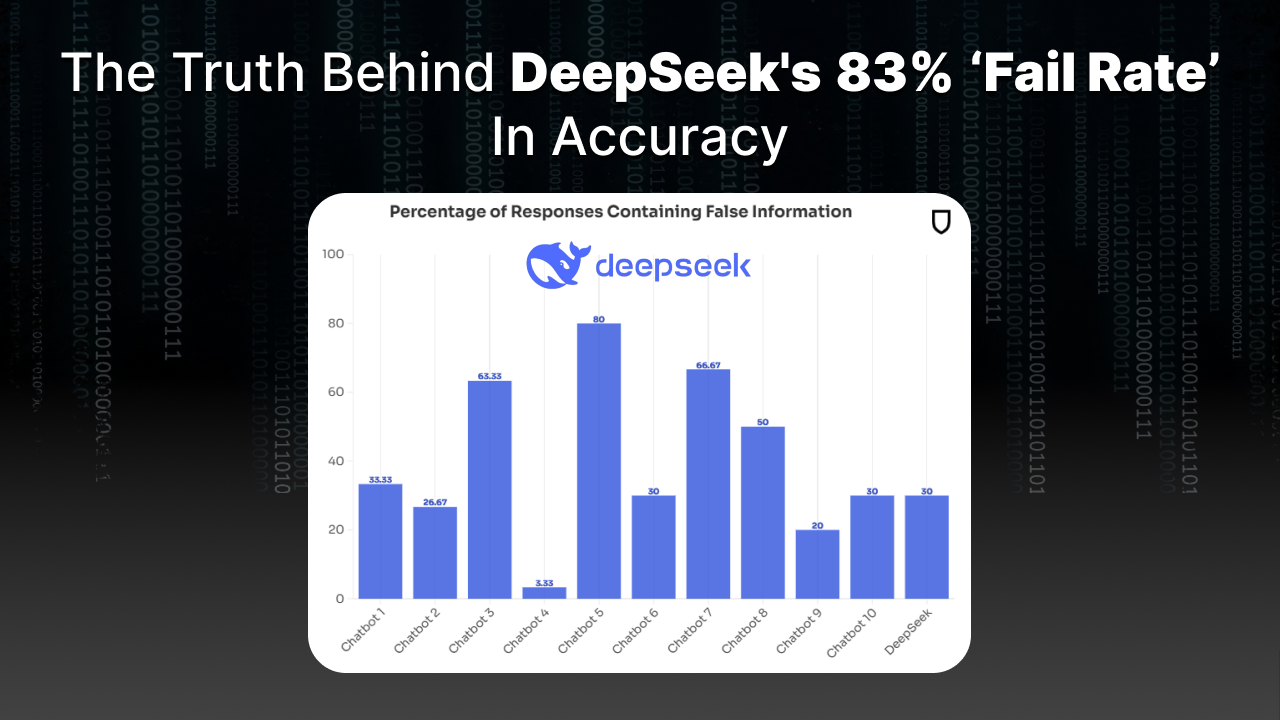A social media crisis isn’t a question of possibility—it’s inevitable. Regardless of its size, every company will someday face a moment when its online image suffers.
A social media crisis can blow up fast, whether it’s an angry customer’s post going viral, a public relations mistake, or even a tweet people misunderstand. And when it does, you must be prepared. That’s where skilled Social Media Marketing Services step in—because your response could determine whether you recover stronger or bury your own brand.
This blog will explore the best strategies to shield your brand’s image when trouble hits and demonstrate how a well-crafted crisis management plan can be your ace in the hole. So, stick around if you’re curious about how to deal with the next uproar on your social media platforms. Your brand’s reputation hangs in the balance.
1. Stay Calm—It’s Not the End of the World
When a social media crisis starts brewing, you might feel like freaking out. You could want to erase that tweet, fire at the upset customer, or even shut down your social accounts. But hold on. Freaking out never solved anything.
What is the top rule for dealing with a crisis? Stay cool. Think before you act. Rushing in can cause slip-ups. Believe us, you don’t want to make the situation worse. A social media crisis is like a wildfire: if you throw gas on It, it’ll blow up. If you handle it, you can sneak out without major harm.
2. Listen First, React Second
One of companies’ biggest blunders during a crisis is responding before they grasp what’s happening. People tend to jump to conclusions (on social media), but diving into a crisis without understanding it will lead to plenty of awkward moments.
Before writing your reply or apologizing, pay attention to what people are discussing. What’s everyone saying? Is there a specific issue or complaint that caused the negative reaction? You need to understand the whole situation. This might mean gathering input from your social media team, reading through customer comments, and even doing some quick research if needed.
3. Make a Response That’s Genuine
When it’s time for you to respond, be honest. Don’t answer like a business speaker or with a pre-written response. Your user is not there to tolerate your “We’ll look into it” and “We’re sorry for the trouble” responses. They need you to acknowledge their problem in a way that shows that you understand it and are going to fix it.
If you think you’ve made a mistake, accept it. The companies that hide behind the curtains of unclear words or run away from taking the blame often end up in the pits of looking way worse. Keep in mind that this small crisis can leave bigger stains on your company’s reputation and the internet, and buyers don’t forget that.
Here’s what an ordinary answer looks like: “We apologize for any problems this has caused. We care about our customers and are checking into what happened.”
And here’s a much better one: “We know we screwed up, and we’re sorry. We see how this situation makes you mad, and we’re doing our best to sort it out. Thanks for letting us try to make things right.”
What sets them apart? The first sounds like a mechanical effort to end the conversation, while the second comes across as a genuine sorry from an actual human.
4. Be Transparent, Not Defensive
Handling a social media meltdown is tough, and you’ve got to do it right. Pointing fingers or cooking up excuses just doesn’t cut it. People want to see real talk and transparency, not “It was someone else’s fault” or “Oops, a glitch.” What they crave is someone owning up and promising to sort things out.
Don’t waste time trying to shield yourself or make your actions seem cool. Focus on coming up with real fixes instead. Chat with your followers, clue them in on how you’re hustling to solve the snag and loop them in on how things are going. This strategy goes a long way in earning trust and showing that you’re taking their worries to heart.
Consider offering compensation or sketching a definite action strategy when appropriate for the scenario. Doing this shows you value your customers and commit to setting things straight. Taking such actions builds positive vibes with your fans and boosts their trust in what you’re selling. Keep in mind that managing a tough spot well can strengthen your connection with the crowd.
5. Monitor Your Social Media Channels Like a Hawk
After tackling the emergency, don’t just escape, thinking it’ll all just disappear. Keep a close eye on users’ reactions to how you handled it. Got new questions coming at you? Get back to them quickly. And if you spot someone who isn’t satisfied yet, keep at it and deal with what’s bugging them.
Keeping that chat alive proves you’re all in to sort things out. Not to mention, it’s your shot to straighten out any wrong ideas before they blow up into major trouble.
6. Stay Consistent Across All Platforms
Handling emergencies isn’t a Twitter or Facebook thing. Crisis tends to reach more people across various platforms, and keeping your message the same everywhere is crucial. Looking like you’re tossing out varied replies to diverse groups is a quick path to losing trust.
At this point, your social media marketing services squad can step up. Partner with pros who know how to direct a crisis. They guarantee your announcement maintains consistency everywhere, from Instagram stories to LinkedIn updates.
7. Use Humor (Carefully)
Sometimes, you need to calm down a tense moment by cracking a joke. But tread carefully! Crack jokes when it’s cool and you’re sure no one will get hurt.
So, when JetBlue messed up its flight times, it hit Twitter with: “We’re sorry we kept you waiting. We’re just like the Internet—we sometimes take a while to load.” This chill vibe helped remove the edge, but it didn’t treat the problem like a joke.
But hey, avoid making fun of the serious stuff. When someone’s upset, trying to be funny might seem like you don’t care.
8. Show Your Brand’s Human Side
People prefer to connect with people (craving that humane touch), not robotic approaches that scream business. If you look closely into it through these mishaps, you can connect and build a stronger connection with your audience.
You have to let your customers know that people are hustling and trying to fix things for them. Try to showcase the work in progress.
You can also post behind-the-scenes or team interaction videos to build a connection. When people feel connected to the squad behind your label, they let go of blunders and back you when the going gets rough.
9. Take It Offline—When Necessary
In some cases, you don’t need to share everything publicly. If, for example, the problem concerns a customer or individual communication, then the best possible way is to request a discussion over other mediums. It is often more appropriate to deal with direct messages, emails, or the phone than with the public on social networks.
You can resolve the issue with the customer by addressing him first and encouraging him to contact you more discreetly. An example could be: “We are sorry about the trouble. Could you send us a private message with your information, and we will fix this problem immediately?”
10. Learn and Improve
After some time, post or message directly to the customer, asking if the solution is helpful for them. What was good about the reaction? What was bad? Were goals achieved within the right amount of time, or was it too slow? What feedback did users give, and what were their major issues?
And do not apply the approach of ignoring the issue. Turn it around, use it logically, and revise the crisis management procedures. The next time something happens (and it will), you will be even more ready.
Conclusion
Dealing with social media trouble isn’t easy, but you can handle it well. You can keep your brand’s good name and improve by staying peaceful and easy to understand.
However, collaborate with a professional if you wish to ensure your online promotional approach incorporates an anticipatory and responsive contingency framework. Hire professionals experienced in online reputation upkeep.
At American Web Designers, we concentrate on creating exemplary social media marketing help that can assist your enterprise with any upheaval that emerges.” “Team” is replaced with “squad,” “potential” with “impending.”
Contact American Web Designers now if you want to take care of your brand’s image. Let’s tackle those social media storms together.
Share this Post





